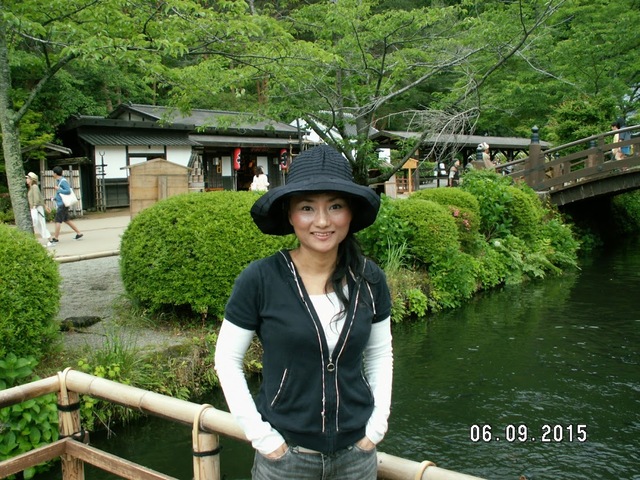
Proprioception (somatosensory reception)
is a body sensory area in the brain that
allows us to be aware or conceive
how our physical movements look to others,
and how our body parts are positioned in space.
It refers to the body sensors in muscles, tendons,
including joints, and maintaining balance.
Also sensing how one’s body is carried out
and positioned without looking in a mirror.
It’s been about three years since I started training
to forge the sense, but I still can’t get it.
Proprioception is not obtained by understanding the term
or knowing the meaning, but can feel with physical experience.
To solidify the sense, long-term muscle training
and the process of forging motor nerves are essential.
So what is the difference between
being with sharpened sense or dull?
A simple example can be found in the differences
the movements of a prima ballerina shows
and those who are learning ballet as a hobby.
A prima ballerina is someone
who can perfectly calculate her own movements.
She can perfectly match her sense of how her movements
look to the audience and synchronize with them.
That allows her to completely connect with her movements
to make emotional pathways of others
and also emphasize synchronous links with audiences.
On the other hand, when you look at the movements of someone
who has just started learning ballet,
they show somewhat similar moves to the way shown by the teacher,
but their moves seem to be different in some ways.
Assuming that the beginner in ballet notices those differences
and starts to make an effort to get as close as possible
to the teacher’s instructions,
I guess that it will take at least three years
to achieve the approximate numerical abilities.
Exceptionally there would be someone who can do it
correctly right away after instruction was shown,
but at least I have never witnessed such an example yet.
Yesterday, I was totally ready to unconditionally accept all realities
so I tried to check the photos that my husband took for me
at the school’s annual recital a month ago.
In most photos, my intentions and appearances were disagreed,
such as poses that I was supposed to hold my legs at a 90-degree angle,
but I could only make it about 40 degrees.
Moreover, I thought I was using my muscles correctly for the position needs,
but my body showed the wrong poses.
There were a lot of mismatches in my intentions and how it really appeared
and over 90% of the photos were ugly.
I thought I had been training my self-awareness,
and it was time to check how far I had come,
but it turned out I wasn’t even halfway to my goal.
この英訳の編を読んでくださった方へ
この英文は前回の和文を文章毎に訳したものでなく
書いた内容を土台に、日常英語方式で書きました。
なので、単語や文脈毎の直接的な代入法を使わず、
和文の意味を英文の意味に適当に変換したものです。
和訳や英訳に達者の人が読めば
恐らく、違和感を覚えるかもしれませんが、
アメリカ住まいが長くなるにつれ
日本や韓国で習った英語が
アメリカでは通じないことが程んどだと分かったので
少なくてもここでの人たちが読んで
分かるような表現に変えてみました。
今回はその例の一つとして試みです。
また、学校だけで英語を習った方へですが、
英文を読む際に、あまり辞書とか使わず
分かろうともせず、
分からないのはわからないままにおいて
そのまま気楽に読むことを勧めます。
ただ読む経験を増やだけだと思って
極力気軽に読み流すのも勧めます。
日常英語は、覚えようとすればするほど
忘れてしまいますからね。





























※コメント投稿者のブログIDはブログ作成者のみに通知されます